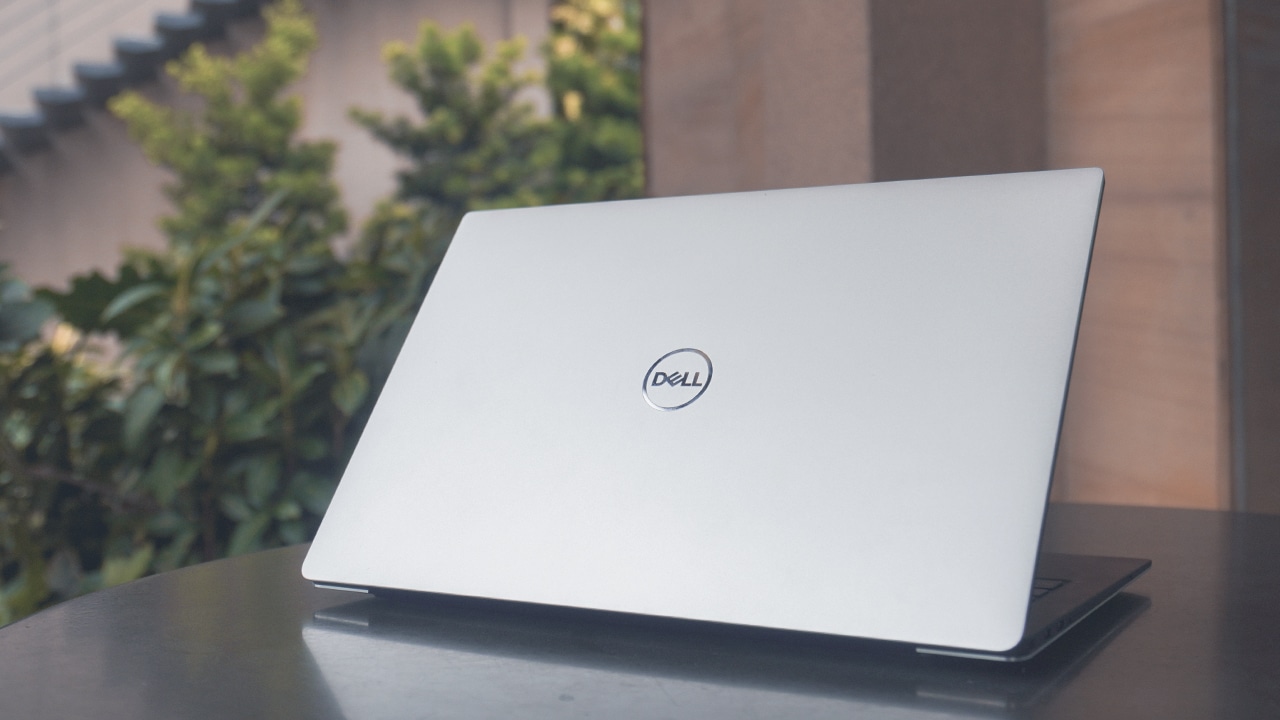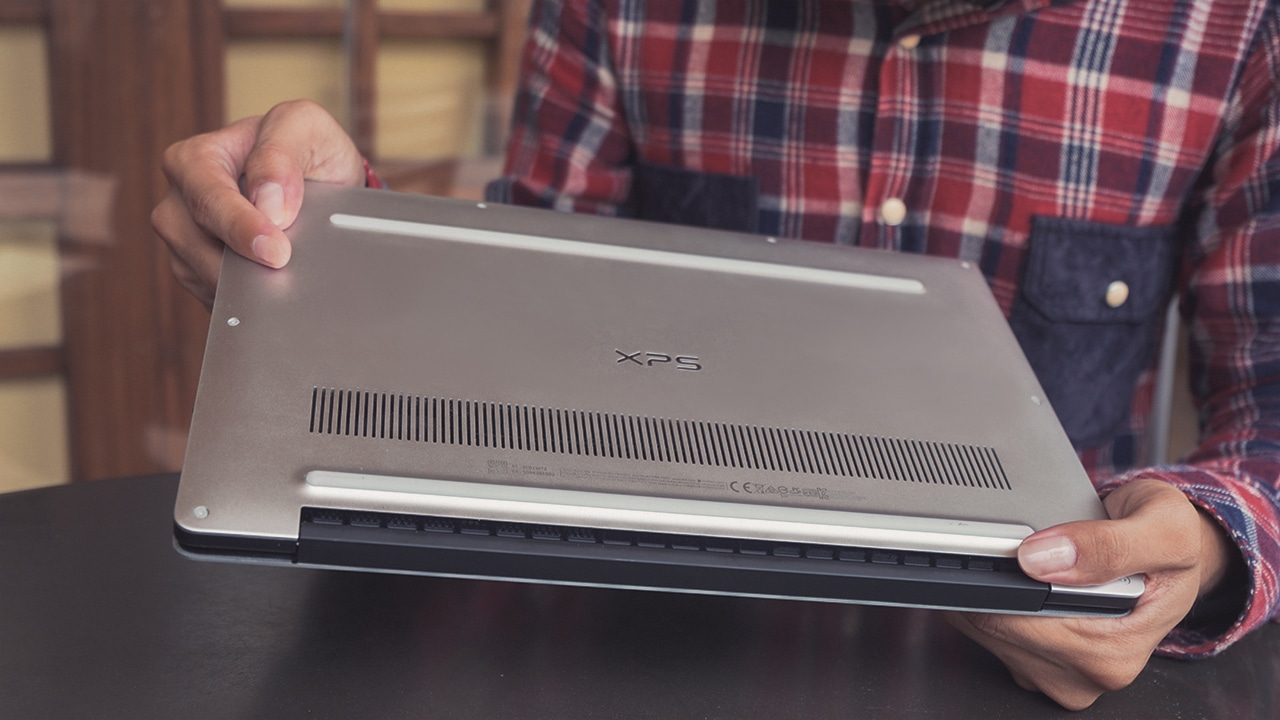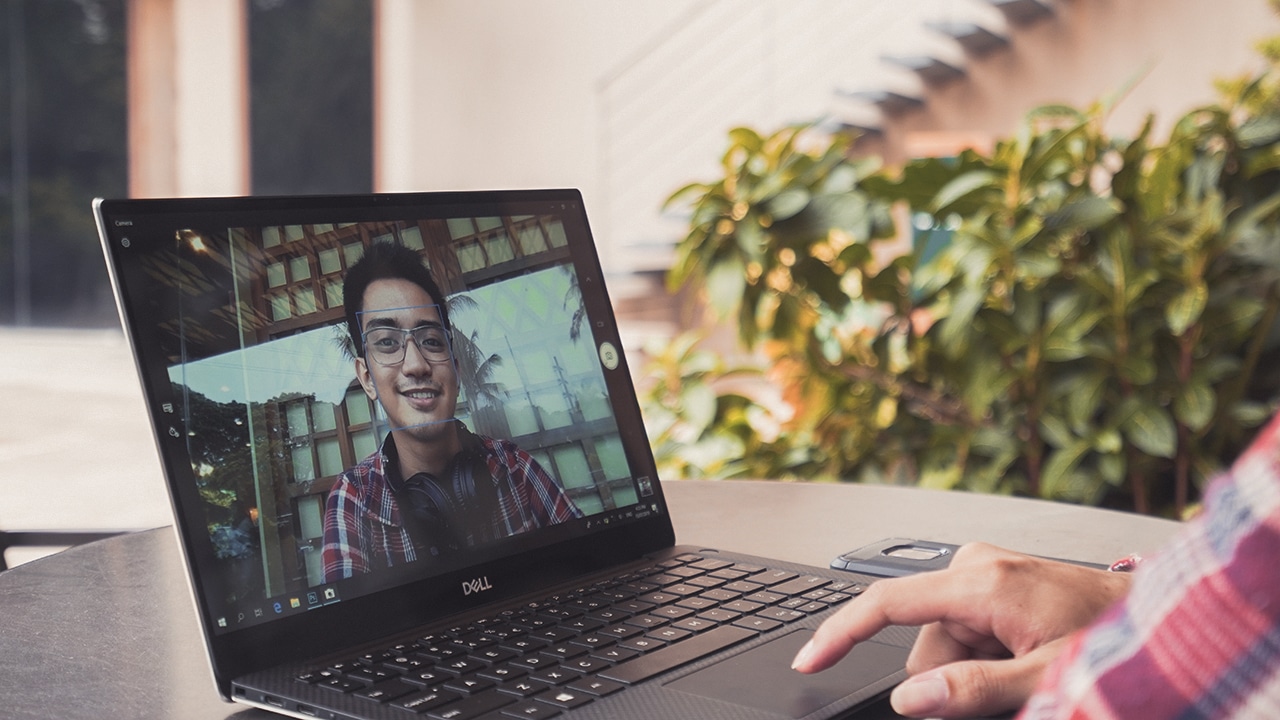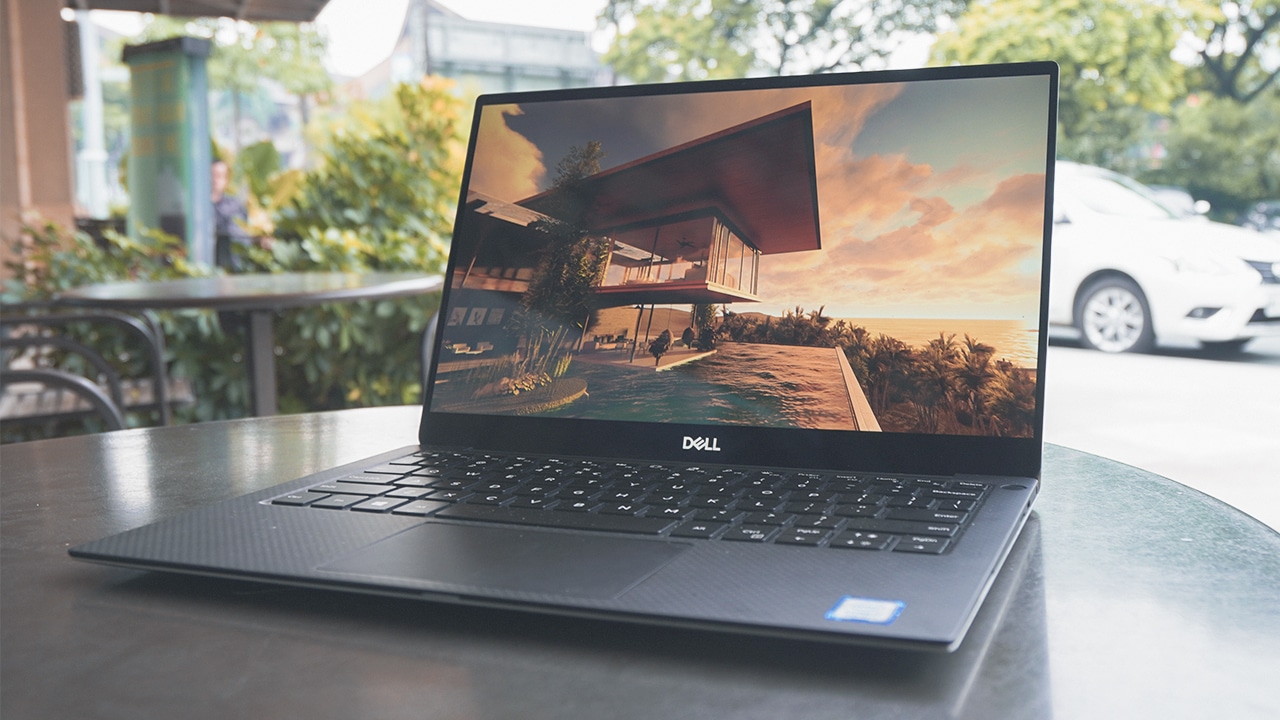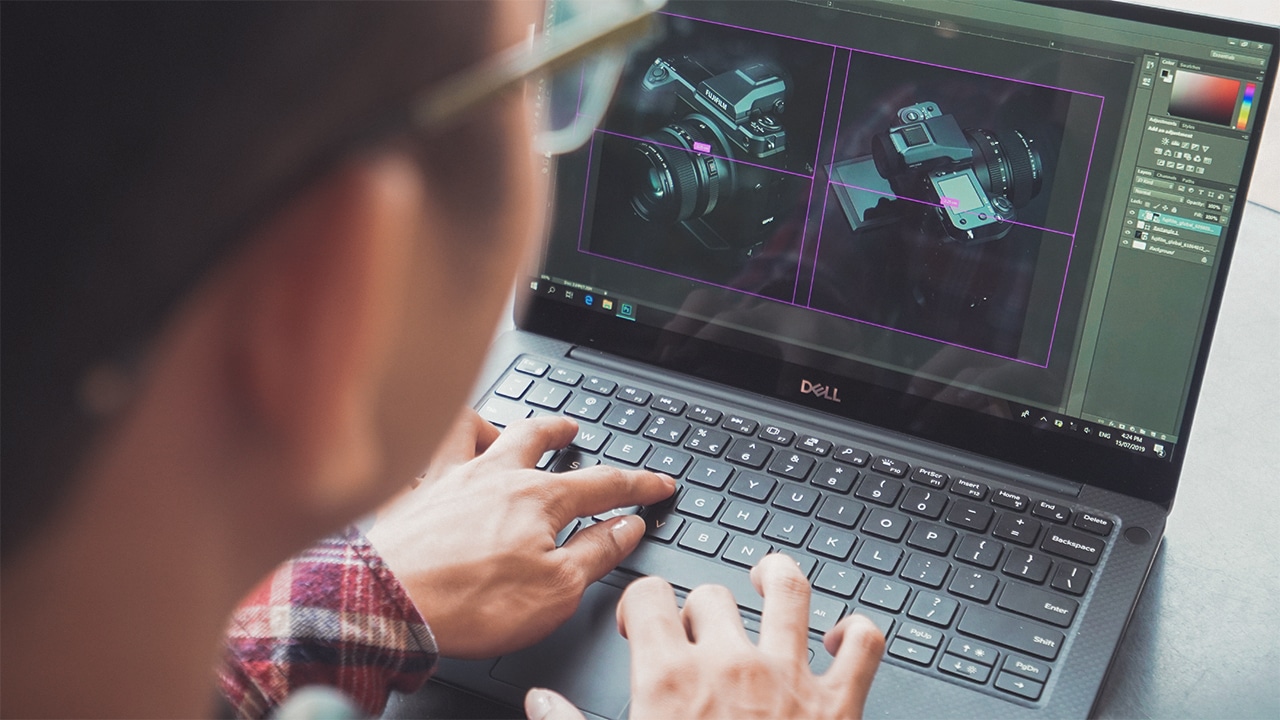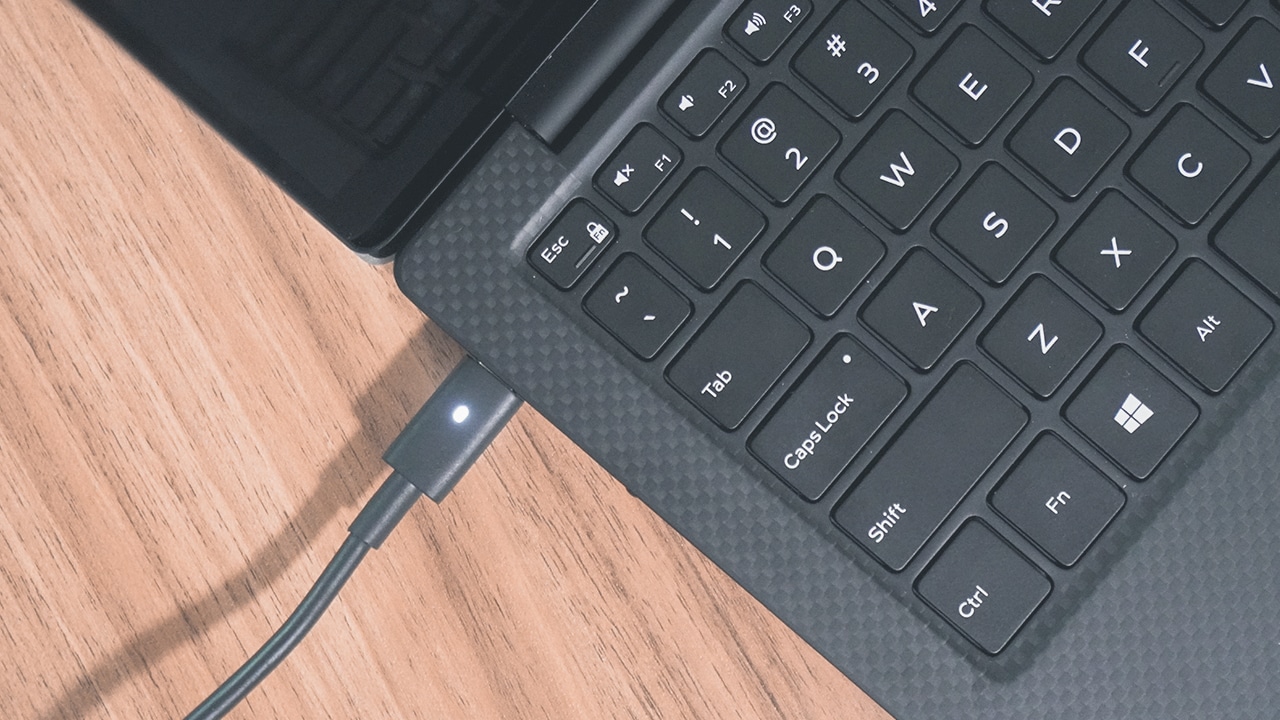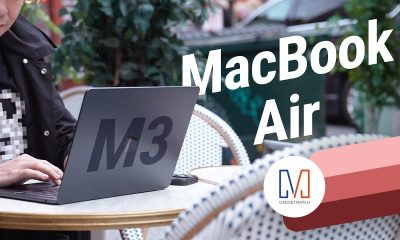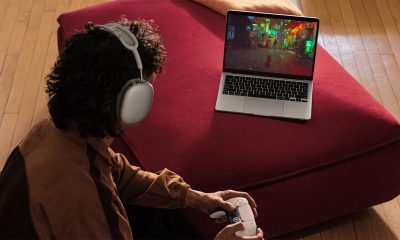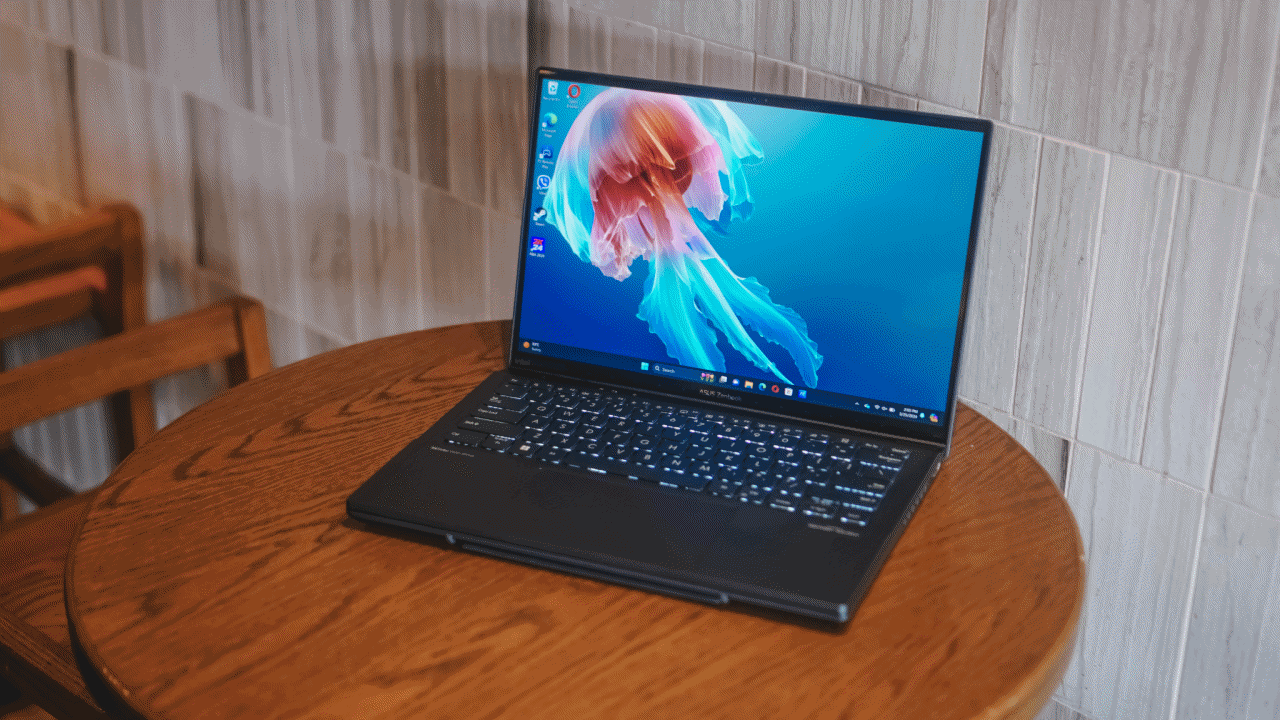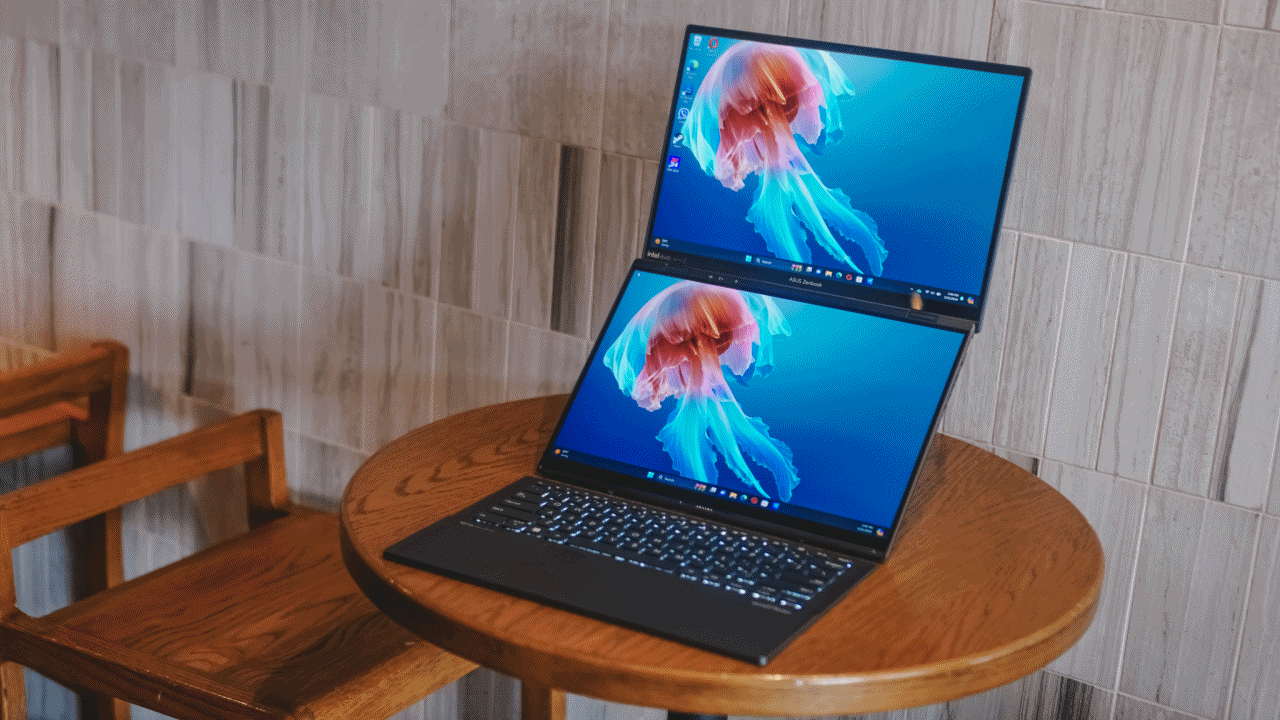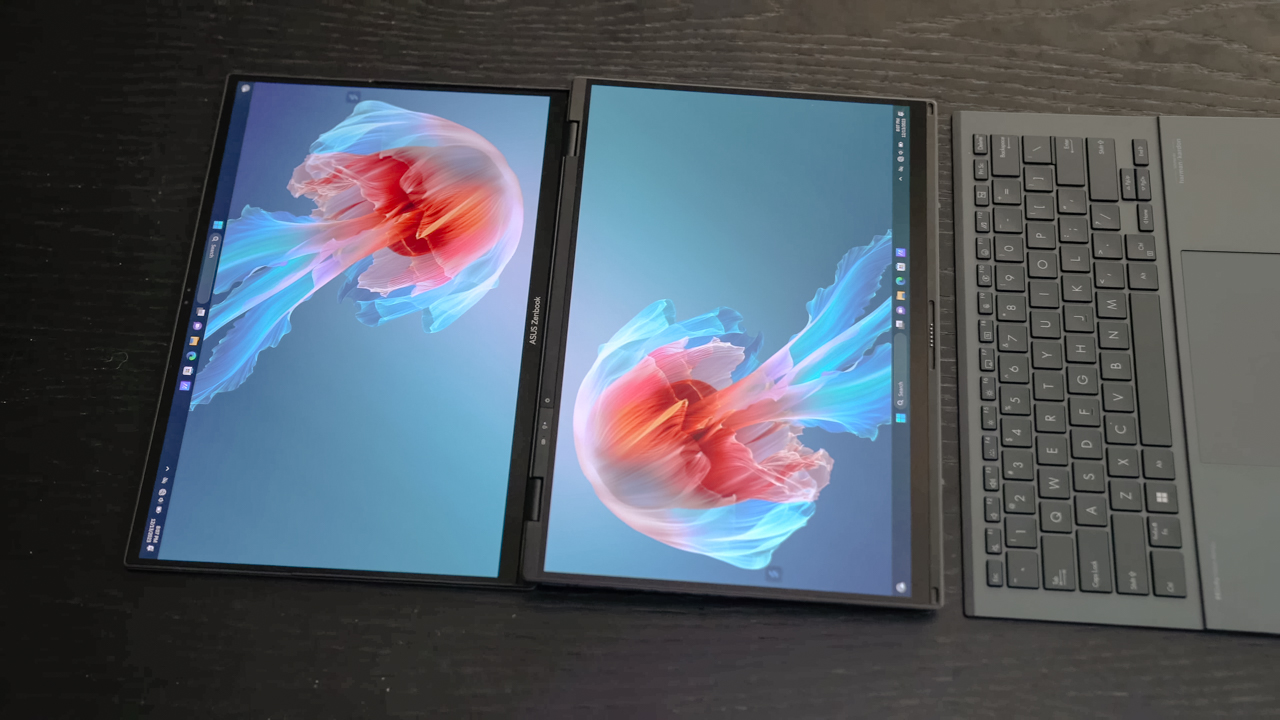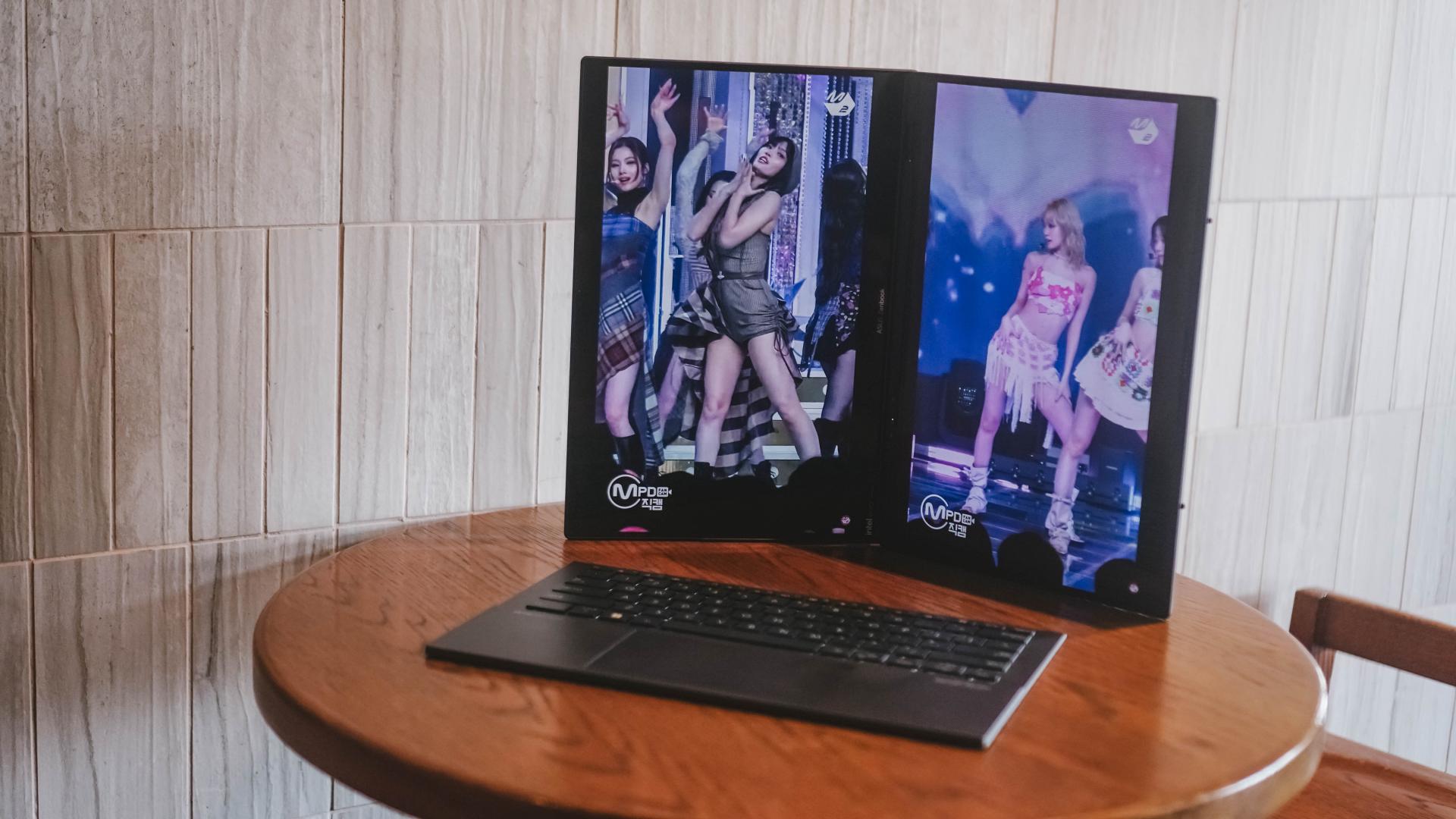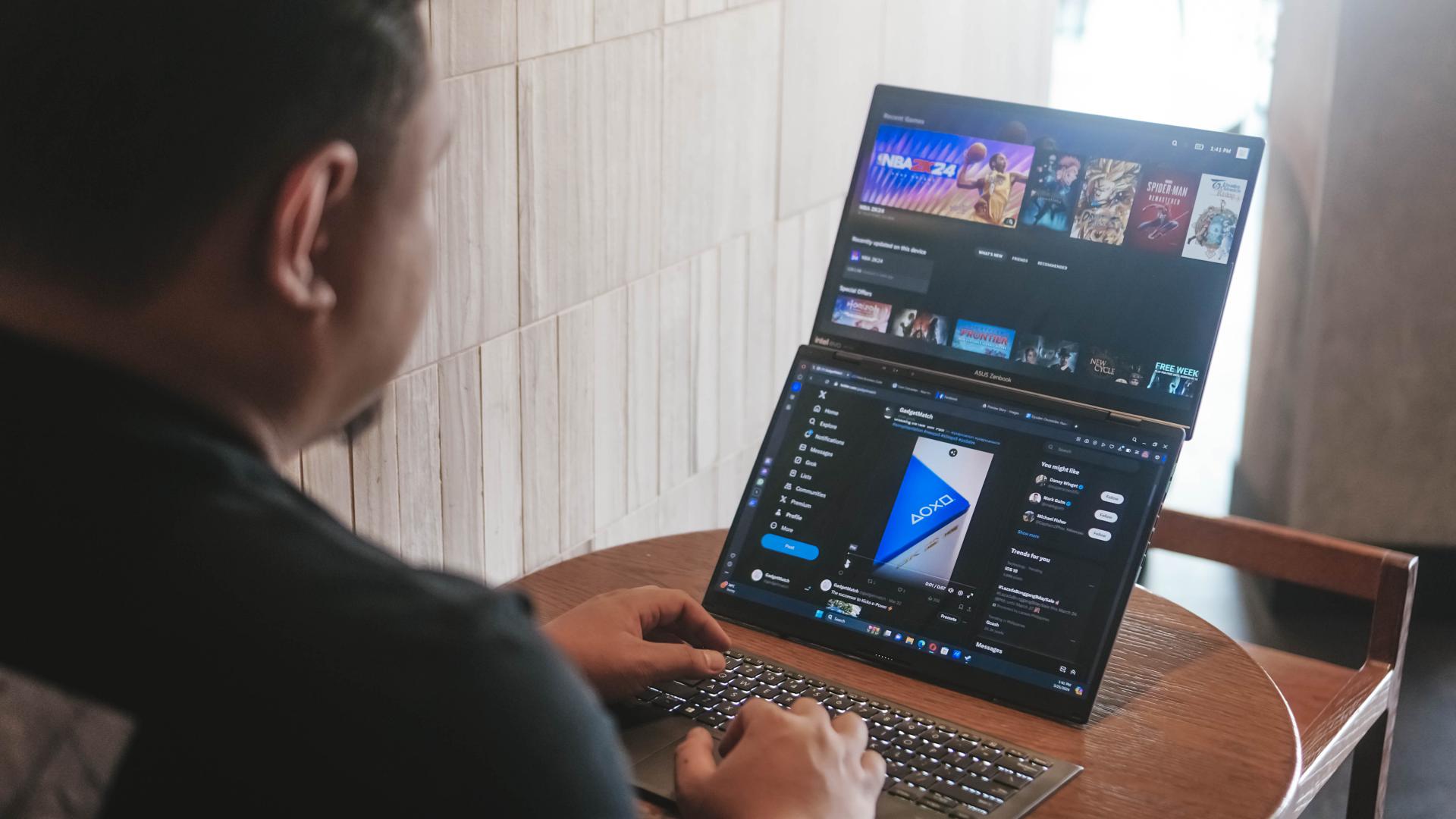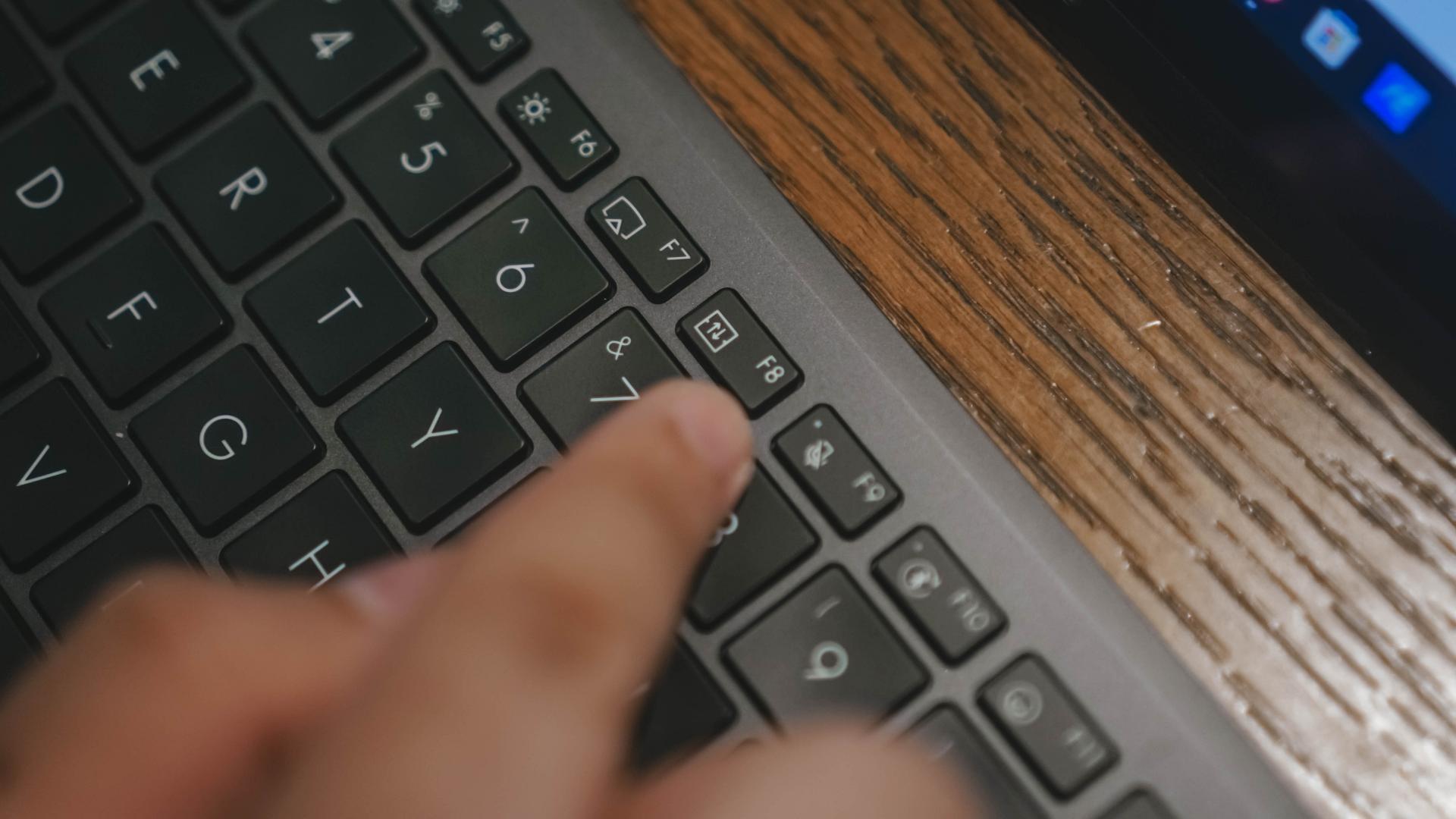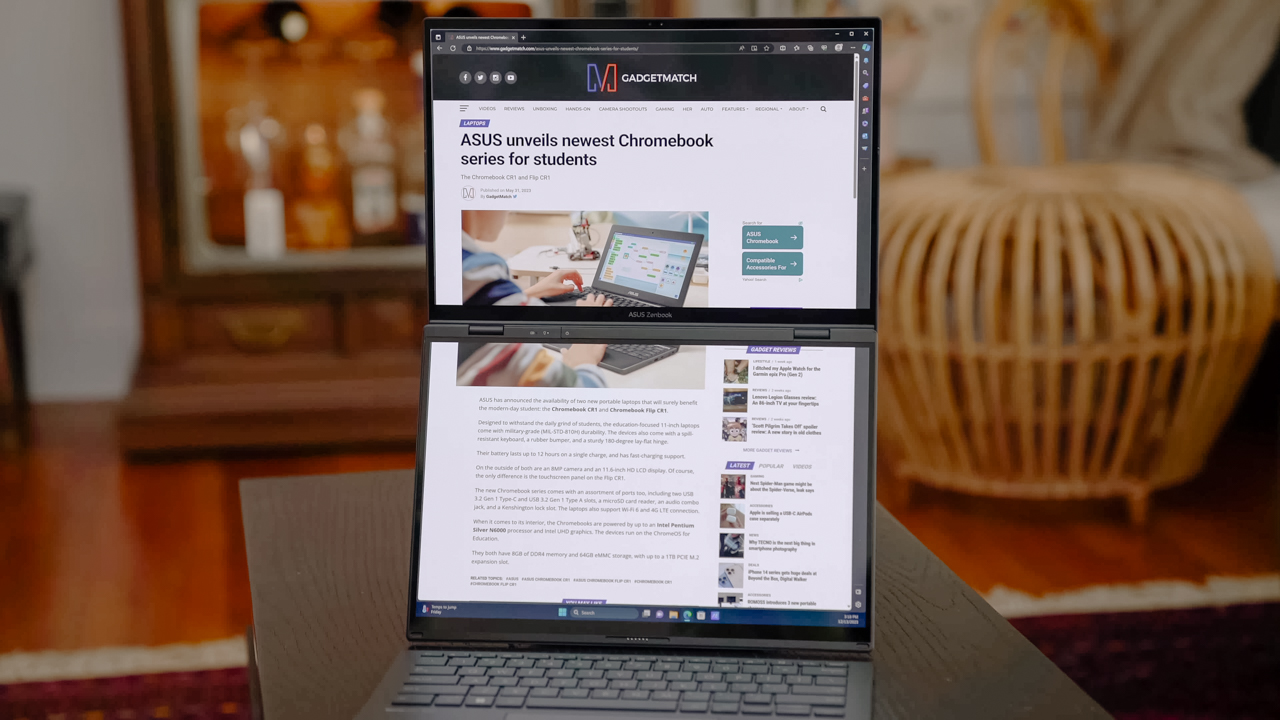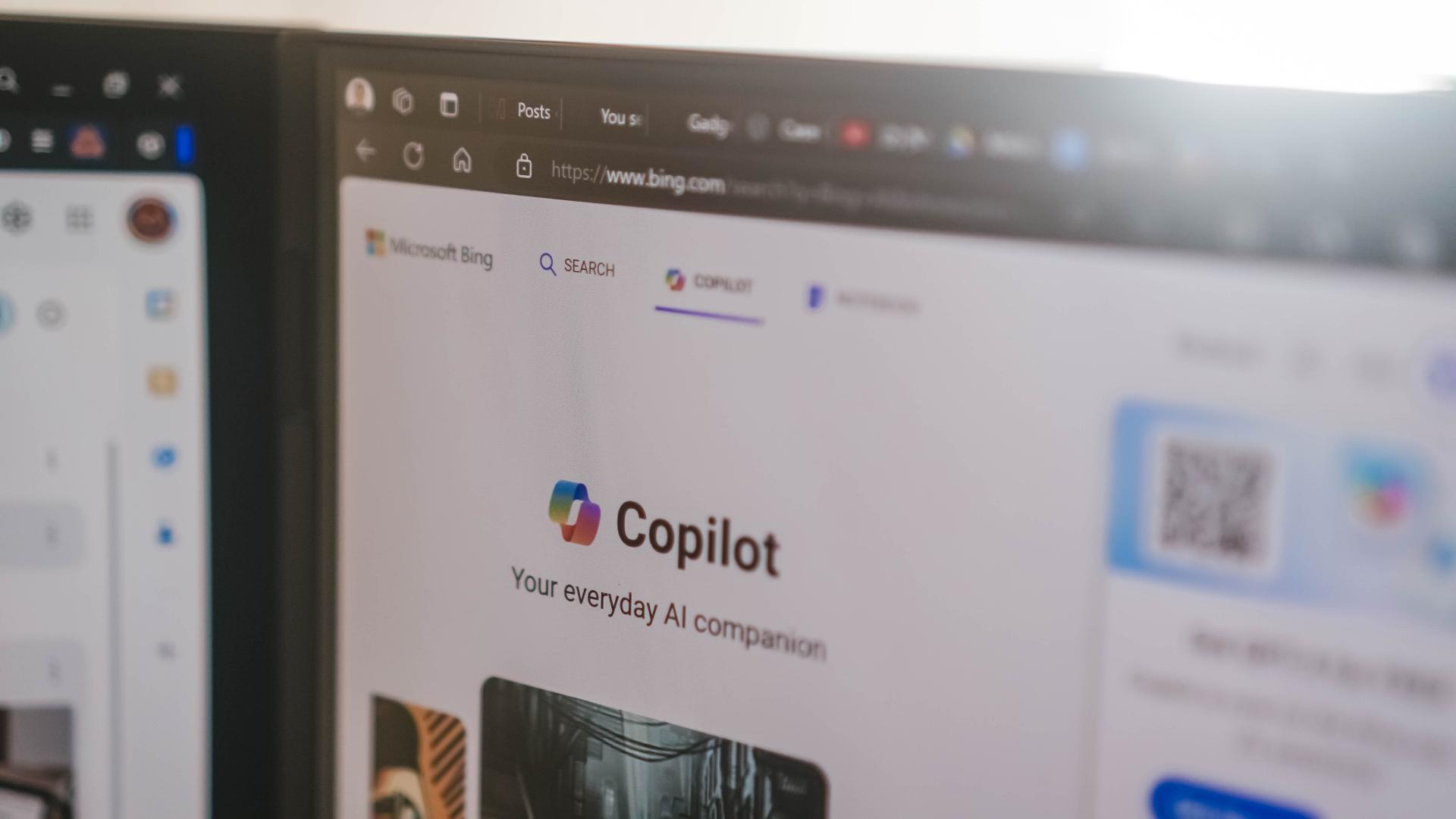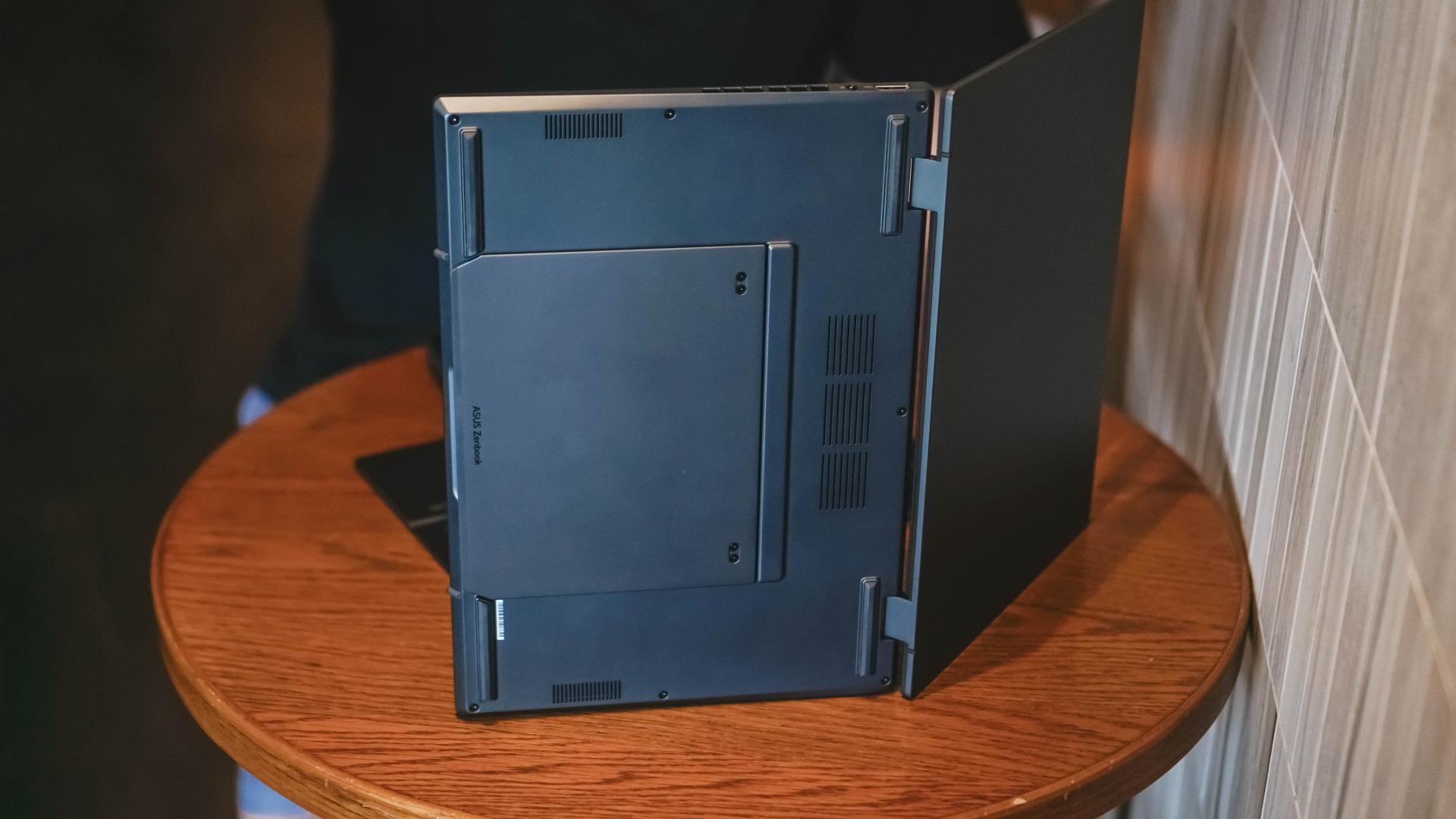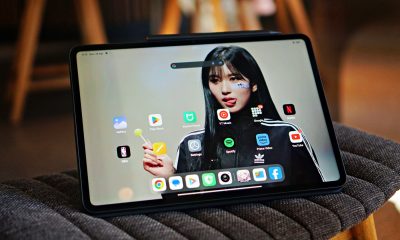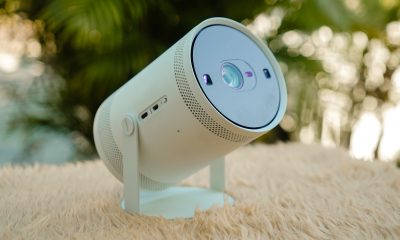

Laptops
Dell XPS 13 (2019) Review: It’s always about the little things
Power-packed, premium-looking
Dell’s XPS 13 remains as one of the top premium laptops in the market. While this is my first time using an XPS 13, I was constantly in awe with how people revere it as one of the crown-holders for the best laptops you can buy.
Of course, I’m not in any way an expert to say anything about this laptop, but as an everyday user whose career relies heavily on the hands of a laptop, I have a lot of things to say. Without any further ado, here’s my review of the Dell XPS 13 (2019).
Fine details that scream premium
When I first saw the XPS 13, I was awestruck. Gorgeous is an understatement to describe how I was stunned with its sleek and premium look. It’s even more captivating when your fingers run across the silver outer shell. Touching it felt like touching a Ferrari Pininfarina Sergio. You literally get lost in a daydream.
The unit I have is the black/silver variant and I hope Dell kept a pure silver finish. Seeing a black interior takes away the astonishment I found upon first seeing this laptop. It’s like meeting someone hot and totally gorgeous on Tinder based on their profile photos, only to be disappointed seeing them in person since it’s not what you expected. Lesson learned: Temper Expectations.
But using it for a long time, I learned to accept it just the way it is. On some occasions, I still feel the black carbon fiber makes the XPS 13 look like an ordinary laptop, and I kinda wish I opted for the Frost or Rose Gold with Arctic White woven glass fiber.
Thankfully, the keyboard is a joy to use. It’s firm but also soft that my finger is happy typing on it. I actually enjoyed writing my stories and getting things done.
Also, the touchpad works smoothly despite being small. Unlike every Windows laptop, its touchpad doesn’t lag, and it can match the speed of your fingers to ensure you get your tasks finished on time.
To further prove that this touchpad is a joy to use, here’s my testament: I’m not accustomed to touchpads and I use a mouse. (Thanks to my younger years in gaming, I forgot how to let go of it.)
However, using it made me forget the existence of the mouse, at least for the time when I’m just browsing and writing. Using it for creative projects made me still want to wish there’s a mouse I can use.
There are things I still can’t let go of yet
Here’s my thing against the latest laptops coming out: Why do you have to scrap USB 3.0 ports? Sure, turning everything into USB-C makes it future-proof, however not all peripherals have adapted to this technology, and I’m pretty sure not everyone is privileged to have the latest accessories possible.
I still use a gaming mouse worth PhP 400 (US$ 7) that I bought in 2013. I was in my college years and yes, it’s still working. Unlike other people, I don’t buy stuff to replace my stuff just because it’s outdated. Fortunately, the laptop came in with a dongle. To be exact, it’s a USB-A to USB-C adapter. At the very least, I was able to use my trusty mouse.
On another note, the Dell XPS 13 (2019) has two Thunderbolt ports, one USB-C port, a headphone jack, and a microSD card slot.
It’s always the little things that make a big difference
Whoever thought of embedding the fingerprint reader on the power button is a genius. Using it was pretty convenient since I don’t need to exert any effort in pressing the button. When you think about it: Opening your laptop seems like a common task, but finding a way to make it even more convenient for you makes this laptop the premium that it claims to be.
The laptop’s bottom is horrendous to look at, but it definitely serves a purpose: For ventilation and maintenance. There are also two parallel rubber feet to keep your laptop still when you place it on a surface.
Lastly, everyone was enraged about last year’s camera placement. This year, Dell got it right by making the camera smaller, tiny enough to fit in a little space between those ultra-thin bezels. I’m ready to take video calls now!
Entertainment just got even more entertaining
The XPS 13 has an edge-to-edge design on the top, left, and right which is a sight to behold. The thick bezel on the bottom (which only contains the logo) should have been removed and Dell could’ve placed their logo elsewhere.
A 13.3-inch screen might be small for some, but it compensates with a gorgeous 4K Ultra HD display with Dolby Vision support, providing rich contrast and colors for a cinematic experience.
It’s also equipped with an anti-reflective screen so you don’t have to worry about bright light when watching or working on something. Furthermore, its IPS panel offers a wider viewing angle so you can use this laptop to enjoy movies with your friends during pajama nights.
It has a responsive touchscreen, too, which is only available for the 4K display variant. Touchscreens may not be a staple for laptop users, but it’s helpful for someone who has used touchscreen laptops for a long time. It’s not easy to take away some habits you’ve grown accustomed to.
Overall, the 4K display was a total treat, especially if you love streaming 4K content on YouTube and Netflix. Normally, people can live without 4K, however, adding this option makes it feel like 4K is a must for those going after premium laptops.
I don’t care if it’s small as long as it performs
Despite being small, the Dell XPS 13 (2019) packs so much power. It carries the 8th-generation Intel Core i7 processor, equipped with 8GB RAM and 256GB SSD for internal storage. It’s a capable laptop for an everyday user — and for people working on creative projects to an extent. Everything loads quickly, and my impatient self is quite happy with its performance.
It doesn’t have a powerful graphics card, which makes it an unfit choice for heavy video editing. Given that I don’t edit videos regularly, it didn’t bother me that much since I mainly use Photoshop, Lightroom, and Illustrator. The built-in Intel UHD Graphics 620 is enough to handle my basic editing needs.
The XPS 13 has etched its name on the forefront of top-performing laptops. It offers style, portability, and reliability. It might even be the MacBook of Windows!
We all need something that lasts (and won’t give up on us)
A lot of laptops I’ve used had issues with loose and overheating batteries. Aside from that, those laptops usually don’t last long throughout the day. What’s even the point of calling it a laptop if it needs to get charged all the time?
Thank heavens, the XPS 13 lasts long on a single charge. Despite being a heavy user, the laptop proves its batteries have enough juice to last for the day. It’s even better when I only browse, surf, and write throughout the day like a normal user.
On a mixed heavy and normal usage, I lasted for six to seven hours. Even if the battery drains, the XPS 13 uses a USB-C adapter for its battery and only needs roughly two hours to fully charge with its bundled 45W charger. I can attest: The XPS 13 won’t give up on you even if you have given up on your deadlines.
Go for something (or someone) who knows how to care
If you care about the environment, you’d be happy to hear this: 90 percent of the laptop’s parts can be recycled, and Dell is taking a step in minimizing our ecological footprint to save the environment.
Technology might help us in our daily lives, but our convenience shouldn’t come at the cost of our planet’s well-being.
Is the Dell XPS 13 (2019) your GadgetMatch?
If you’re looking for the best Windows laptop out there, the Dell XPS 13 (2019) won’t disappoint. It’s so sleek you’ll take pride in bringing it wherever you go. Think: Bringing your very own Lamborghini or Mercedes-Benz, but in the form of a laptop.
And by wherever you go, I mean wherever you really want to go. It’s so portable that it can fit in my Pacsafe anti-theft sling crossbody bag. It can even rival the MacBook Air in terms of size!
Having a small frame doesn’t hinder the XPS 13 from bringing so much power and performance, too. The only dealbreaker is the lack of full-size ports but dongles are here to save the day, especially in a time when laptops are being sported with USB-C and Thunderbolt 3 adapters.
The Dell XPS 13 (2019) costs PhP 100,990 (US$ 1986) in the Philippines. It might be a lot of cash to shell out, but it’s a fair price to pay for one of the best premium laptops in the market. I told you, it’s like touching a Ferrari Pininfarina Sergio. If you can’t afford it, then you can just daydream about it!


ASUS Philippines has announced the availability of the new Zenbook S 13 OLED (UX5304MA) refresh model. This sleek and powerful laptop comes with the latest Intel Core Ultra 7 processor and Intel AI Boost NPU, offering professionals topnotch performance and efficiency.
The new Zenbook S 13 OLED model retails starting at PhP 87,995 and is available at authorized ASUS stores. This particular variant comes in gray and has a configuration of 16GB of LPDDR5X RAM and 1TB of PCie 4.0 SSD storage.
Slim, powerful
The Zenbook S 13 OLED is just a centimeter thin and only a kilogram light, making it an ultraportable powerhouse. The device is powered by an Intel Core ultra 7 155U processor (12 cores, 14 threads). With up to 4.8GHz of processing power, the laptop can handle even the most demanding tasks smoothly and seamlessly. It includes an assortment of ports, including 2x Thunderbolt 4, 1x HDMI 2.1, 1x 3.5mm jack, and 1x USB 3.2 Gen 2 Type-A.
Moreover, the laptop is pre-installed Windows 11 Home and Office Home & Student 2021 lifetime license. Users will also get a dedicated Microsoft Copilot key to help with their productivity. And with a long-lasting 63Wh battery for up to 15 hours of use, it suits users on the go, without having to worry about charging it when outdoors.
Vibrant colors, crisp details
The laptop also boasts of a 13.3-inch 3K (2,880 x 1,800) OLED display. That’s a little higher resolution than previous variants which display up to 2.8K content. This 16:10 panel delivers vibrant colors and crisp details for an enhanced viewing experience for both work and entertainment. It also has ample maximum brightness should you be using it outdoors or where there is lots of natural light.
Safety ensured
Lastly, customers getting this model will benefit from ASUS’ 4A Quality and Service Warranty. This package includes a standard two-year international warranty, preventive maintenance service, and one-time coverage for customer-induced damages.
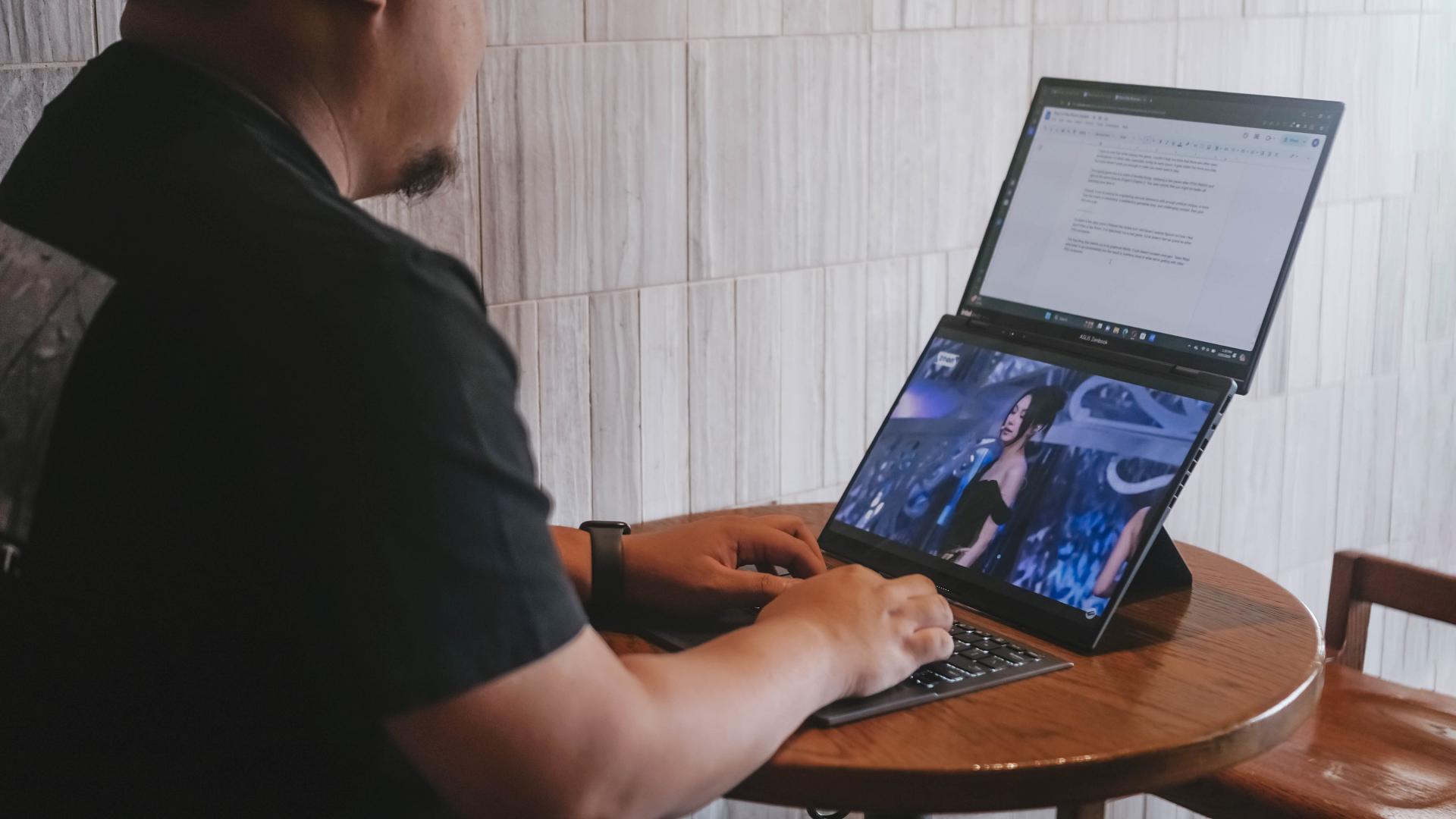
We are fans of what ASUS did with their latest dual screen offering — the ASUS Zenbook DUO 2024. The Zenbook Duo isn’t exactly new. ASUS has been adding extra screens to their laptops whenever they can — but never quite like this.
You see, ASUS managed to put a literal second display but still make it compact enough to fit most bags with provision for 14-inch laptops. As cliché as it sounds, the Zenbook DUO 2024 is an engineering marvel.
However, it’s more than just a gimmick. In our review, we noted how the form factor lent to a slight boost in productivity despite us not maximizing the product just yet. With that, let us share with you our favorite things about the ASUS Zenbook DUO 2024.
A unique mode for every scenario
A built-in, sturdy kick-stand unlocks the many possibilities available to the Zenbook DUO 2024. Some of the modes are: Laptop, Dual Screen, Desktop, and Sharing.
Each one lends itself nicely to different work and media consumption scenarios. Don’t feel like showing off? Keep things discreet and save some battery life with laptop mode.
Need two screens? Switch to either Dual Screen or Desktop mode to take advantage of more screen real estate.
Presenting something to someone across the table? Sharing mode lays the laptop flat allowing for easier viewing.
The ability to morph to different modes depending on your needs is astounding. The best thing is that it is both functional and can serve as an ice breaker.
Oh and we’ll never tire of sharing how the Desktop mode is perfect for watching two K-Pop fancams at the same time.
Screen Xpert for the dual displays
This form factor won’t work without the right software support backing it. To that end, ASUS made Screen Xpert. What it does is essentially let you adjust the layout of the apps according to your needs.
You can have up to four (4) apps live viewed at the same time. For our part, we usually only divided the screen to two, using one to reference a review guide or press release while writing news articles and/or reviews.
But if you’re monitoring certain things, this will be pretty helpful having multiple windows laid out right away to get a quick overview of things is a godsend.
The best thing is that a lot of these functions work intuitively. There’s a single button you can press to easily switch what’s displayed on the two screens.
If you want more granular control, you can have the Screen Xpert floating bar ready at your disposal. Here you can control the brightness level of each screen individually. You also have the ability to change the orientation of each screen to your liking.
There are also App Switcher and App Navigator functions to give you a better, more seamless way to layout the apps you use so that it’s most efficient for your needs.
AI, Copilot, and more
Something we didn’t mention much in the review is how the laptop is built with the AI age in mind. Powered by Intel Core Ultra 7 155-H, this thing is equipped with an NPU chip to aid in on-device AI tasks.
There’s stuff that happens in the background like making sure the AI-related tasks are processed with the NPU while the main CPU handles the rest. In the simplest terms, the Intel Core Ultra 7 is smart enough to delegate a task to the chip that will best execute it. That results in a more optimized overall performance.
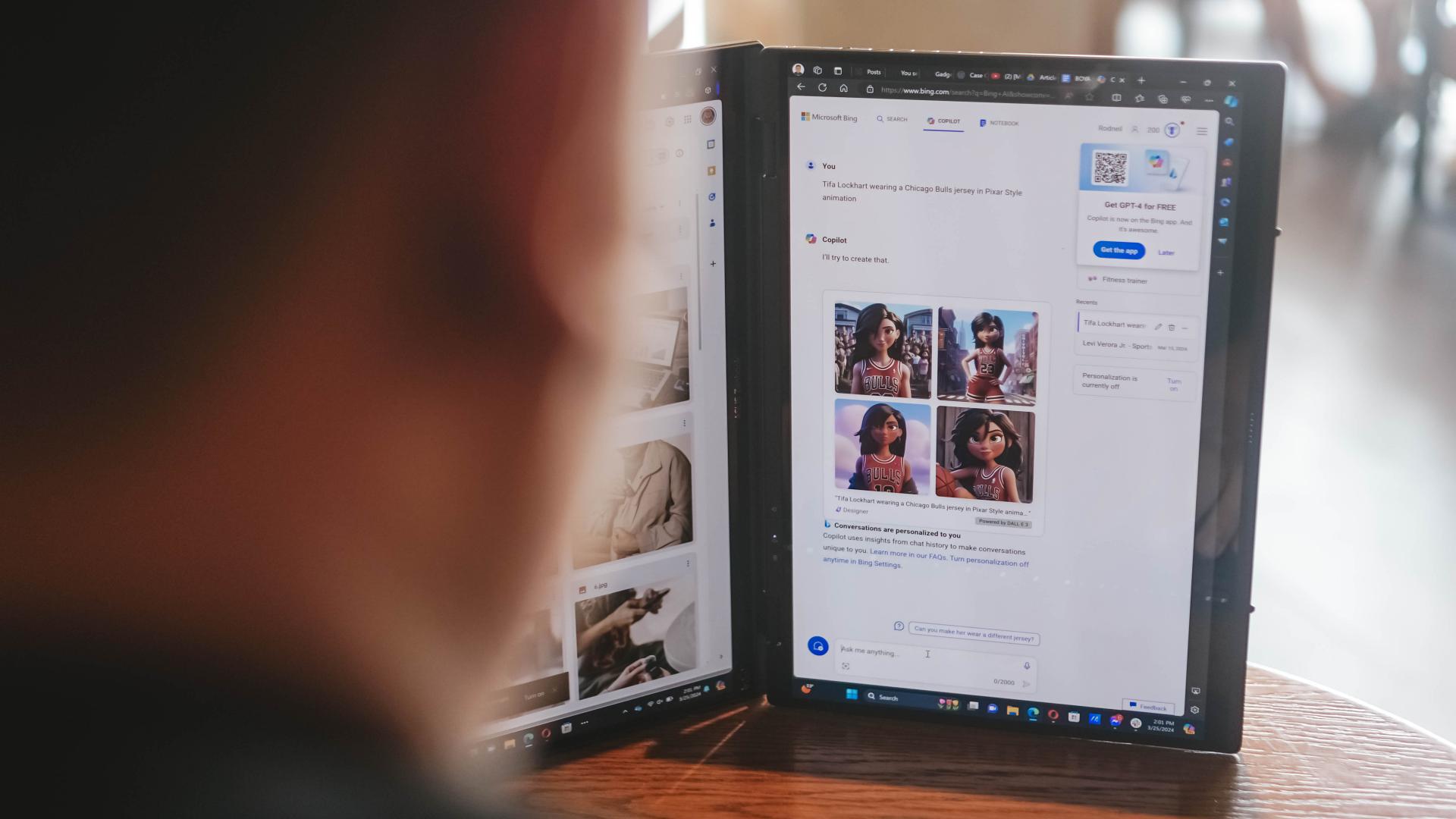
Copilot is one of the biggest AI additions to any Windows machine. The possibilities are close to limitless. For our part, we’ve only really played around with Copilot Designer. But there’s so much more that you can do with it. Just remember to always check the results. Every AI output still needs a human touch.
AI is also present in other functions like noise cancellation and the camera. AI Noise Cancellation makes sure you can hear and be heard no matter what scenario you’re in. It’s perfect for remote workers who do not exactly have control over their immediate surroundings.
Meanwhile, AiSense Camera works not only as a Full HD IR camera. It also automatically detects the lighting levels in your environment and adjusts brightness levels accordingly. You also get functions like auto-framing and background blur. Lastly, there’s the slightly creepy Eye Contact feature that locks your gaze to the camera. It can be a bit disorienting so maybe pick the occasions when you’ll use it.
GlideX
Working beyond this dual screen laptop? ASUS also made sure to equip the Zenbook DUO 2024 with software that makes adding even more screens a no-sweat task.
With GlideX you can easily connect your Zenbook DUO 2024 with smartphones, tablets, or even another PC. Even better, it’ll give you the option to control everything from a single device.
DUO more
For a first-of-its-kind device, the ASUS Zenbook DUO 2024 is pretty darn polished. That’s thanks largely to the company experimenting with dual screens long before releasing this dual screen machine.
The Zenbook DUO 2024 literally lets you do more, providing options for flexibility that will help you optimize your workflow so you can finish your tasks more efficiently. This is more than just a gimmick device, it’s actually helpful and that’s because ASUS took the time to fit it with the proper software support.
More on the ASUS Zenbook DUO 2024 here.
This feature is a collaboration between GadgetMatch and ASUS Philippines.
Laptops
Qualcomm announces Snapdragon X Series laptop processor
High performance, fast responsiveness, better power efficiency

Qualcomm has announced the Snapdragon X Elite laptop processor in a bid to match competitors like Intel, AMD, and Apple. It is the flagship platform as part of the Snapdragon X series, which also includes the X Plus variants.
The X Elite processor focuses not only on high performance and fast responsiveness, but also power efficiency for multiple days of battery use. Additionally, it is AI-ready, harnessing the power of the Qualcomm AI Engine and integrated Qualcomm Hexagon NPU.
Game-changing performance, efficiency
The Snapdragon X Elite processor has a 4nm SoC architecture and 12-core Qualcomm Oryon CPU to optimize demanding workloads. The processor also features up to Dual-Core boost for fast responsiveness. Qualcomm will also integrate its Adreno GPU so laptop brands can deliver stunning graphics for immersive entertainment. Moreover, the processor also has a low-power consumption mechanism to support multi-day battery life on just a single charge.
Built for AI
Next, the Snapdragon X Elite platform is tailor-made for today’s laptops that utilize AI. The processor leverages the Qualcomm AI Engine and an integrated Qualcomm Hexagon NPU. These shall work together to deliver transformative experiences for creativity, video conferencing, and more. The processor is capable of running Generative AI LLM models over 13B parameters on-device at blazing-fast speeds. The AI Engine also supports Windows Studio Effects, and many other AI-accelerated applications to support users’ various needs.
Furthermore, an updated Micro NPU inside the Qualcomm Sensing Hub will allow for enhanced security, login experience, and privacy. It also has the ability to wake the device up when in sleep mode. Sensitive data, meanwhile, can stay on the laptop with increased security.
Smarter user experiences
To give users a better idea of how capable the processor is, here are a few benchmarks. Laptops running on the Snapdragon X Elite can seamlessly play UHD graphics at 120fps, and up to 5K content at 60fps. It will let you record yourself at 4K HDR with up to a 64MP built-in camera. It will work hand in hand with up to 64GB of DDR5 memory, and can support download and upload speeds of up to 10Gbps and 3.5Gbps, respectively.
In terms of connectivity, the platform supports Bluetooth 5.4 and Wi-Fi 7 with HBS Multi-Link for seamless connectivity. Snapdragon Seamless also lets users to easily switch between devices.
Snapdragon X Plus
Alternatively, Qualcomm is also soon introducing the Snapdragon X Plus processors. They have just two less cores at 10 Qualcomm Oryon CPUs, and offer up to 3.4GHz of processing power.
Much like the X Elite, Qualcomm promises the X Plus to deliver topnotch processing across CPU, GPU, NPU, and Micro NPU for the PC class that will be housing them.
Moroever, these platforms fortify AI processes to make it easier for users, whatever their computing needs may be.
Release date
There aren’t concrete reports yet about its official release date and what PC brands have already committed to use the platform. But there is an interesting Reddit thread here that connects the dots and also mentions when Windows 12 is expected to release. For now, what Qualcomm intends to do with the Snapdragon X Elite processor sure sounds promising. It’s definitely meant for higher tier, gaming and creator-level laptops.
-

 Reviews7 days ago
Reviews7 days agorealme 12 5G review: It was enchanting to meet you
-

 Buyer's Guide2 weeks ago
Buyer's Guide2 weeks ago2024 Samsung TV: Buyer’s Guide
-

 Reviews2 weeks ago
Reviews2 weeks agoJBL Soundgear Sense review: Make every run magical
-

 Reviews3 days ago
Reviews3 days agoOnePlus 12R review: Making sense of OnePlus’ latest flagship
-
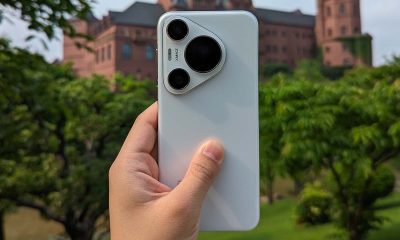
 Smartphones2 days ago
Smartphones2 days agoHuawei Pura 70 Pro Unboxing and First Impressions
-

 Reviews2 weeks ago
Reviews2 weeks agoChallengers review: A thrilling drama wrapped as a tennis anime
-
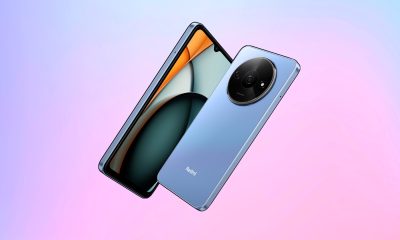
 News1 week ago
News1 week agoXiaomi Redmi A3 Philippine pricing, availability
-

 Smartphones1 week ago
Smartphones1 week agoInfinix NOTE 40 Pro+ 5G: Philippine pricing, availability


